Extreme weather is no longer confined to just a few states; its reach has expanded across the entire country. From hurricanes in Florida to wildfires in California, every state now faces some form of severe weather risk. Are you prepared to protect your home from these increasingly common and dangerous events?
1. Reinforce Your Roof
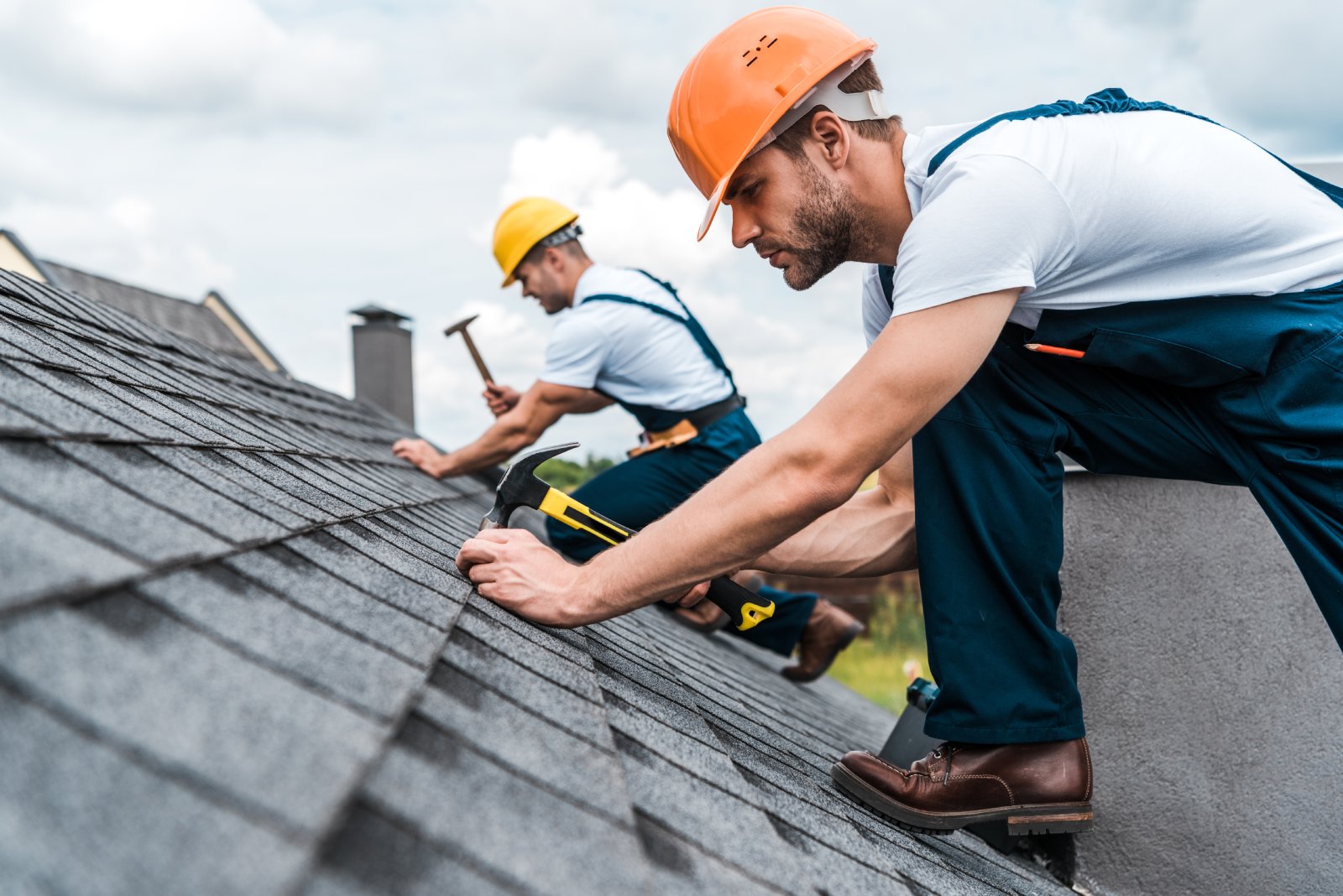
Image Credit: Shutterstock / LightField Studios
In hurricane-prone states like Florida and Texas, wind damage to roofs can be catastrophic. Reinforcing your roof with hurricane straps or additional trusses is essential to prevent structural failures. Hurricane Ian (2022) exposed the vulnerability of many homes with inadequate roofing in Florida.
2. Install Storm Shutters
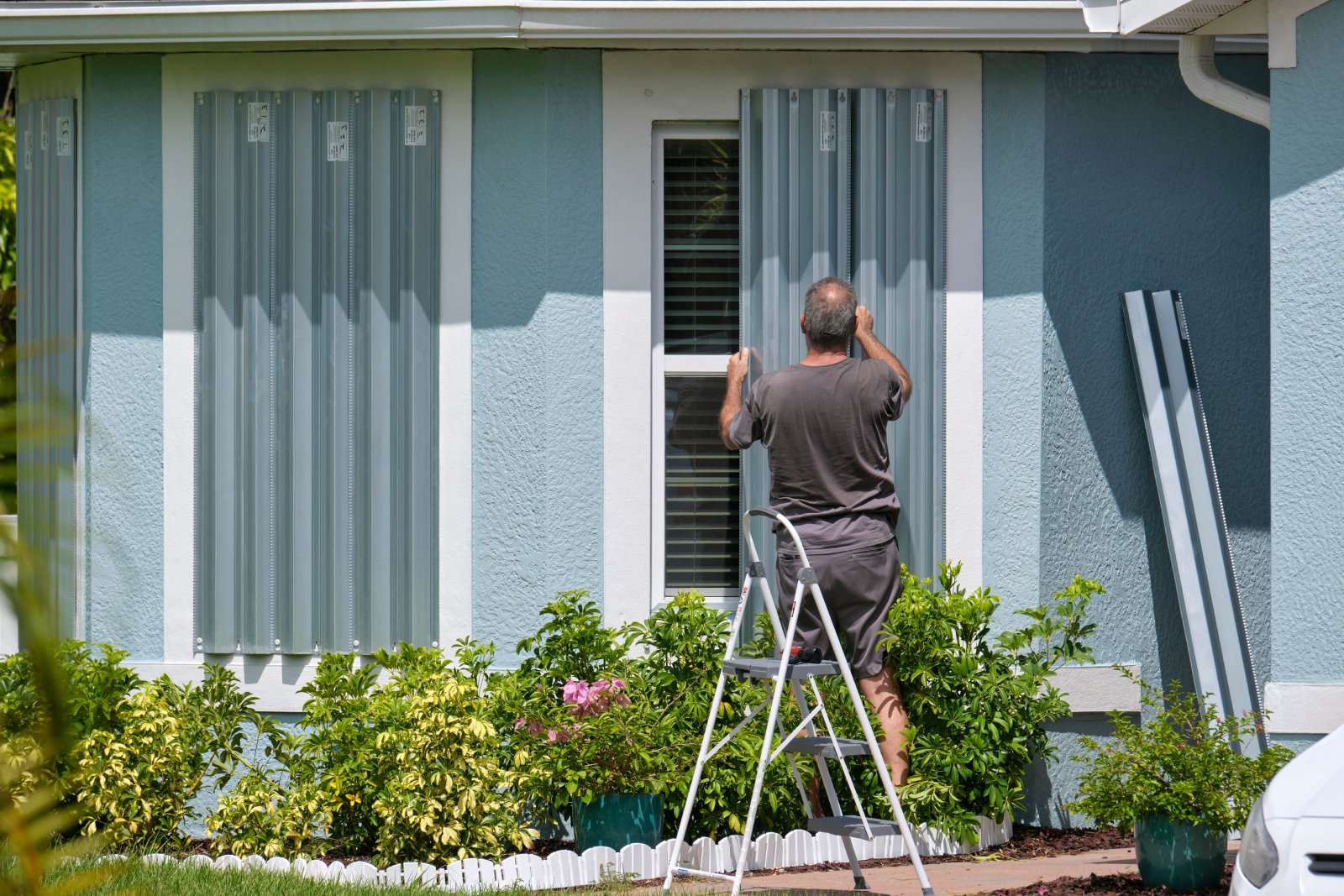
Image Credit: Shutterstock / Bilanol
Residents in states like Louisiana and North Carolina, where hurricanes frequently strike, should invest in storm shutters. These protect windows from flying debris, reducing the risk of severe damage. Homes in Hurricane Idalia’s path (2023) were notably better preserved with proper shutter installations.
3. Secure Garage Doors
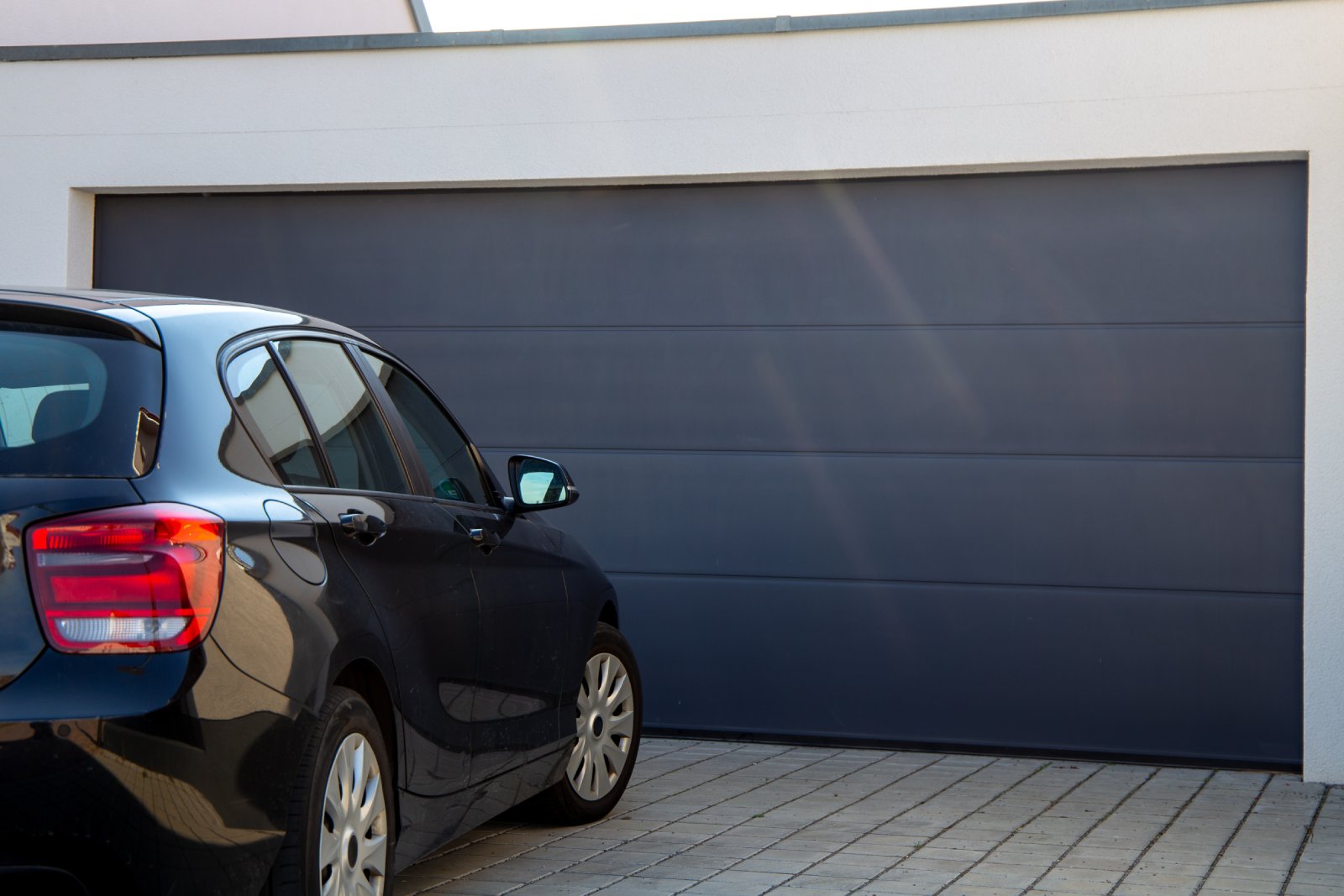
Image Credit: Shutterstock / U. J. Alexander
Garage doors are a major weak point in areas like South Carolina and Alabama, which are prone to severe storms. Reinforcing them with storm-rated doors can prevent them from being blown in, as evidenced by the damage seen in Hurricane Laura (2020).
4. Elevate Electrical Systems
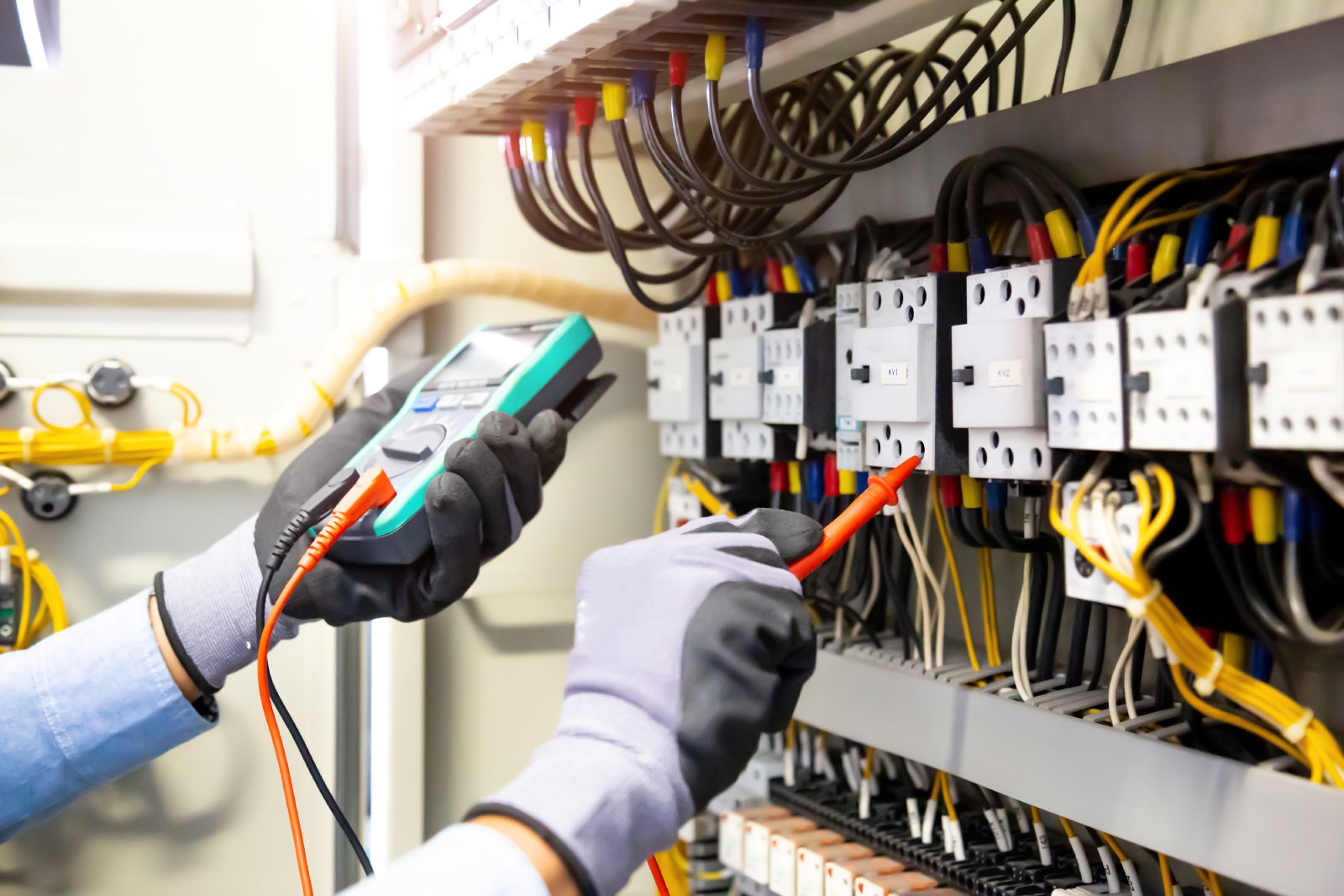
Image Credit: Shutterstock / Kunakorn Rassadornyindee
In flood-prone states like Texas and Louisiana, elevating electrical panels and outlets can prevent dangerous malfunctions during floods. Hurricane Harvey (2017) highlighted the severe risks of electrical failures caused by floodwaters.
5. Strengthen Your Foundation

Image Credit: Shutterstock / M2020
Homes in flood-prone areas like New Jersey and the Midwest can benefit from strengthening their foundations. Bolting your house to its foundation and using flood-resistant materials is vital. The impact of Hurricane Sandy (2012) underscored the need for robust foundation protections.
6. Clear Gutters and Downspouts
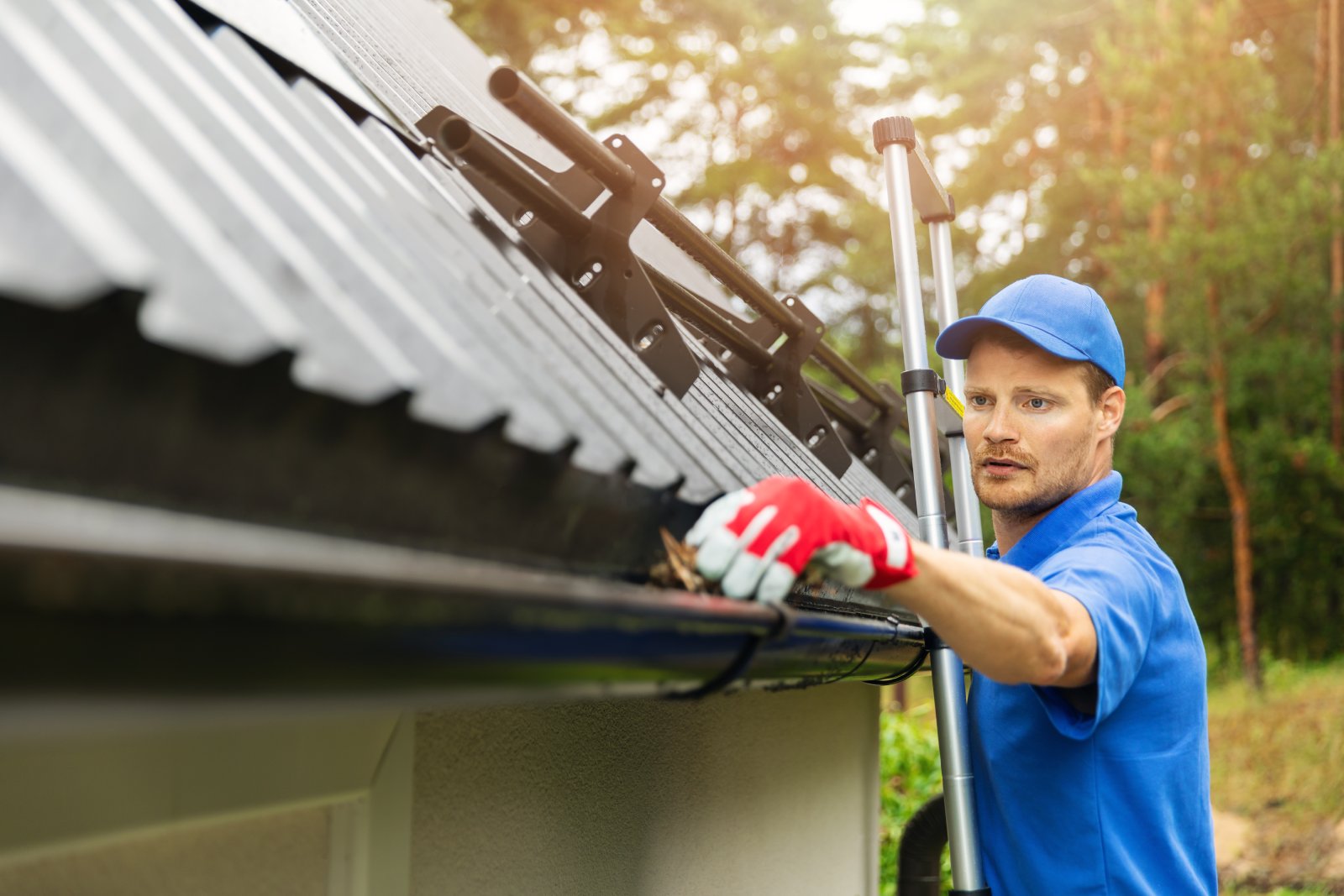
Image Credit: Shutterstock / ronstik
In areas experiencing heavy rains, such as Seattle or Portland, regularly clearing gutters and downspouts can prevent flooding. The heavy rains of 2022 in the Pacific Northwest showed how clogged gutters can exacerbate water damage.
7. Install a Sump Pump
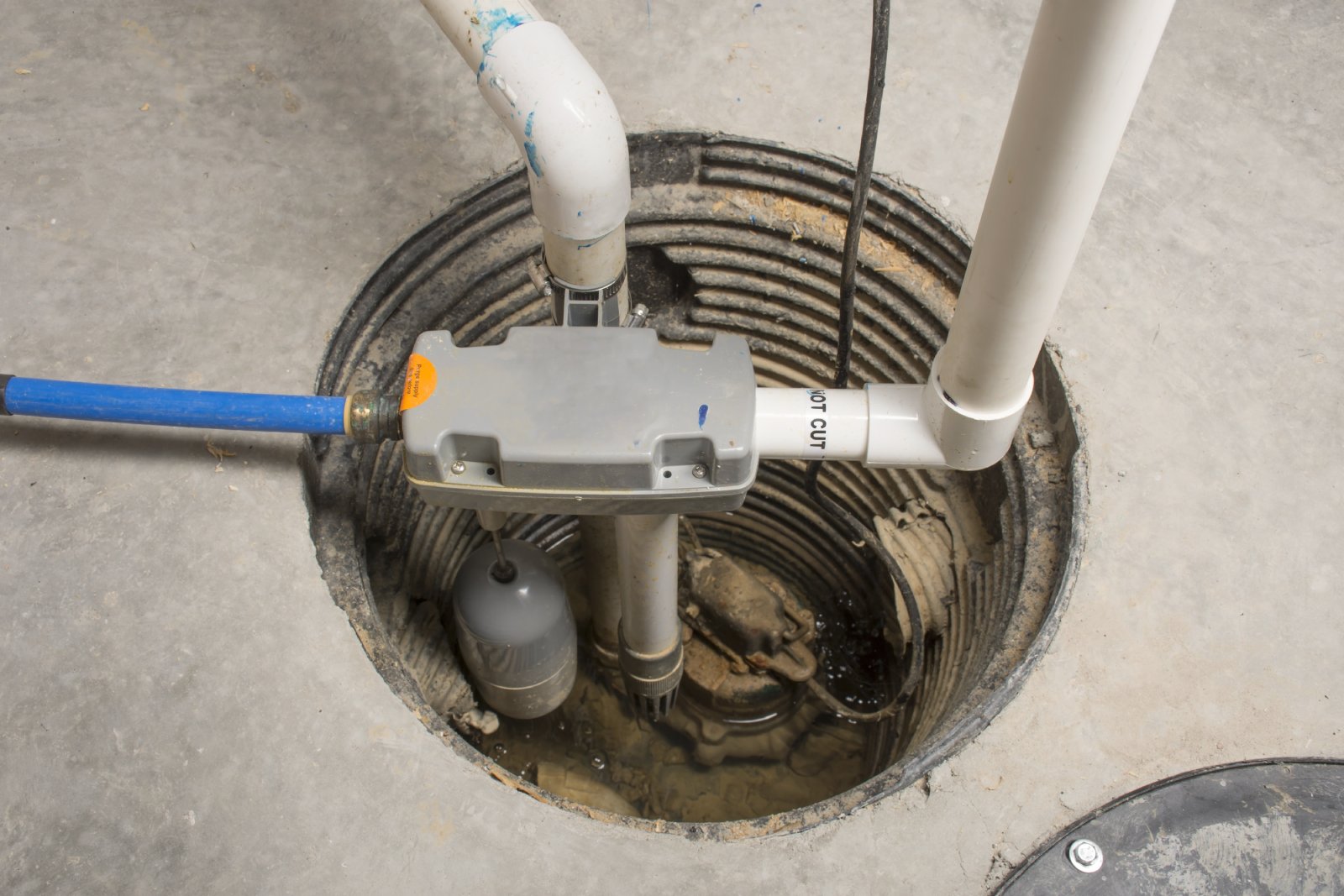
Image Credit: Shutterstock / Jason Kolenda
A sump pump is crucial for homes in flood-prone regions like Michigan and Illinois. It helps redirect water away from basements and comes with a battery backup for power outages, as seen during Hurricane Sandy’s aftermath.
8. Seal Windows and Doors

Image Credit: Shutterstock / Radovan1
Weatherproofing your windows and doors is essential everywhere, from the snowy states of Minnesota to the humid regions of Florida. Small gaps can let in wind and water, as evidenced by the damage in Hurricane Dorian (2019).
9. Reinforce Exterior Walls

Image Credit: Shutterstock / Peter Milto
For residents in areas with high winds, such as Oklahoma and Kansas, reinforcing exterior walls can protect against severe damage. Impact-resistant materials can prevent the kind of destruction seen in Hurricane Michael (2018).
10. Create a Safe Room
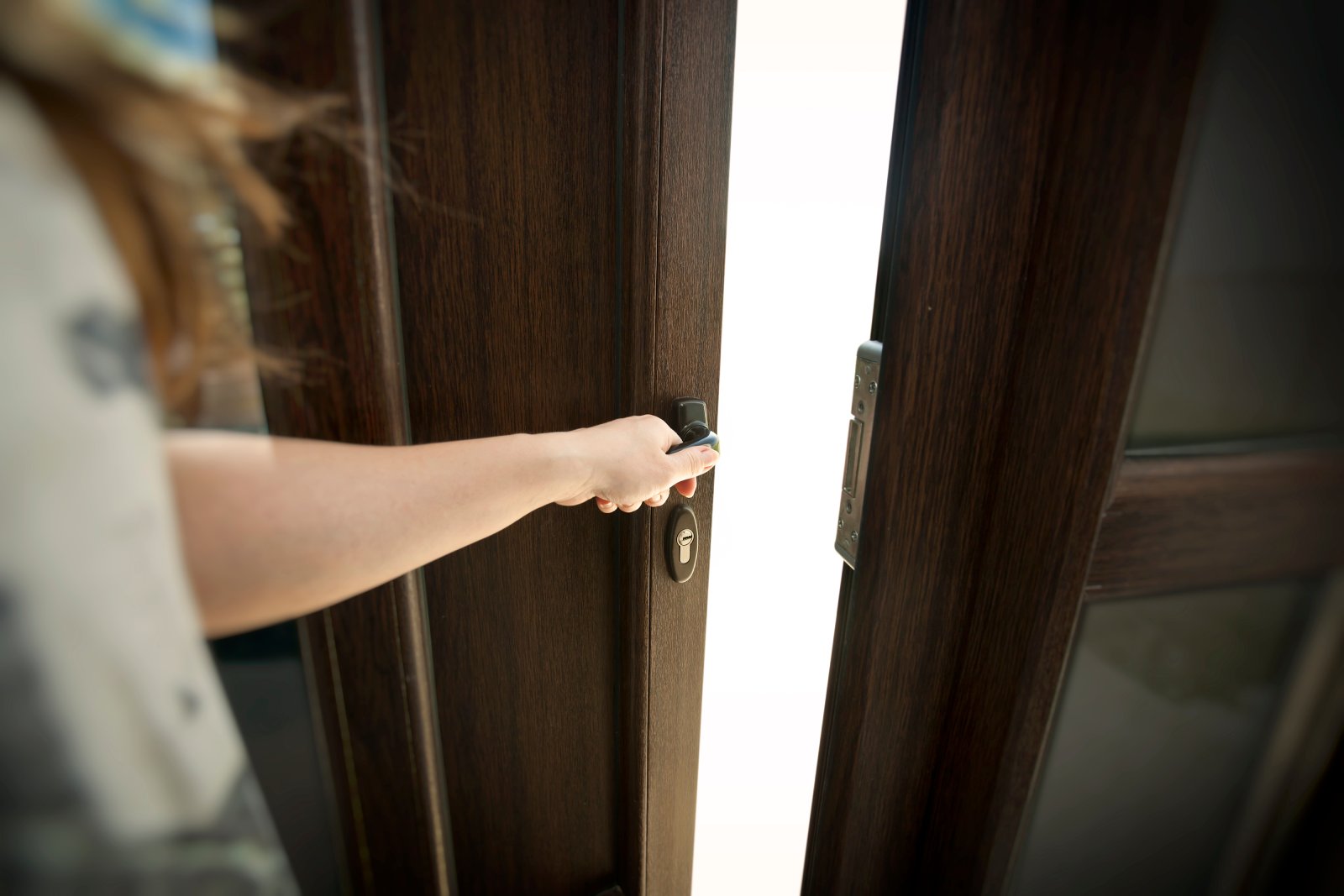
Image Credit: Shutterstock / Skylines
Designating a safe room is crucial for tornado-prone areas like Kansas and Nebraska. This room should be built with reinforced materials to protect against high winds, as demonstrated by recent tornadoes in these states.
11. Stock Emergency Supplies
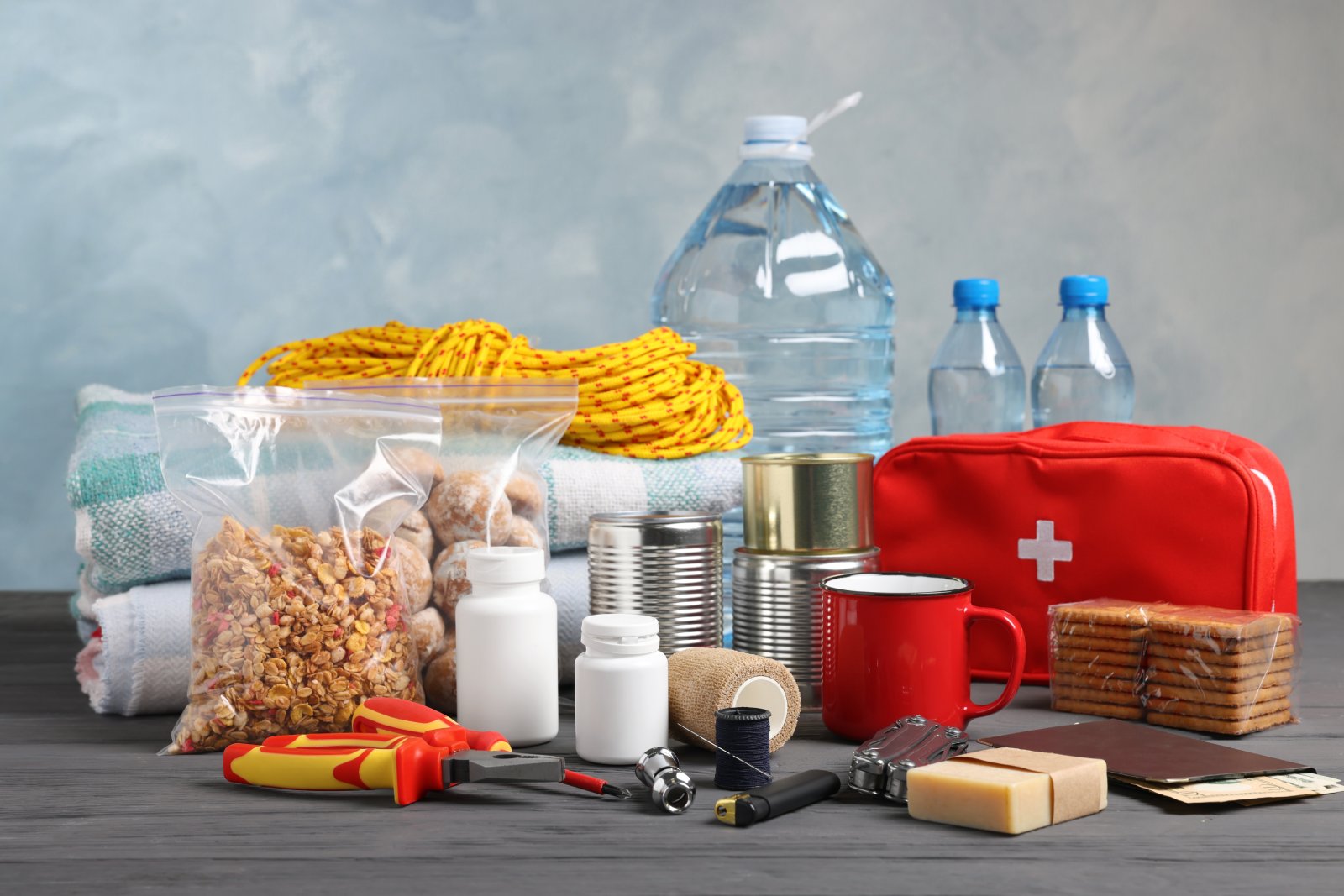
Image Credit: Shutterstock / New Africa
Have emergency supplies on hand no matter where you live, from the hurricanes of Florida to the wildfires of California. The supply shortages following Hurricane Ida (2021) highlighted the need for a well-stocked emergency kit.
12. Install a Weather Radio
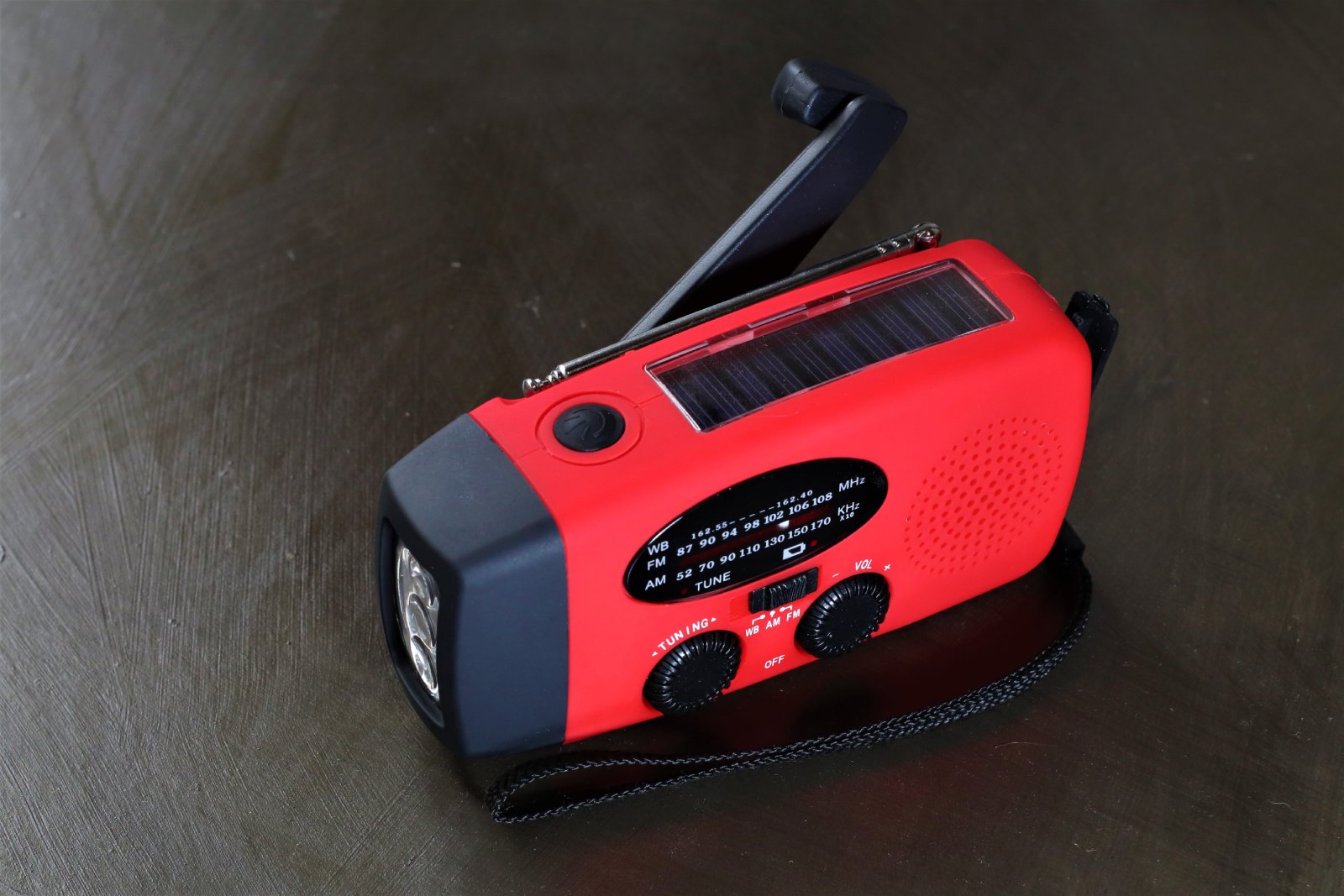
Image Credit: Shutterstock / speedshutter Photography
A weather radio can keep you informed of severe weather events, whether you’re in hurricane-affected Florida or flood-prone Ohio. The severe storms in Texas early in 2023 demonstrated the importance of having reliable weather updates.
13. Trim Trees and Vegetation

Image Credit: Pexels / Anna Shvets
Keeping trees and large vegetation trimmed is important in all regions, including urban areas like New York City and rural areas in Georgia. Recent windstorms and hurricanes, such as those in Florida in 2023, showed how unchecked vegetation can cause significant damage.
14. Check Your Insurance

Image Credit: Shutterstock / fizkes
Ensure your homeowner’s insurance covers severe weather damage, including floods and storms. Areas with rising flood risks, like the Carolinas, need comprehensive coverage as policies and weather patterns evolve.
15. Install Flood Barriers
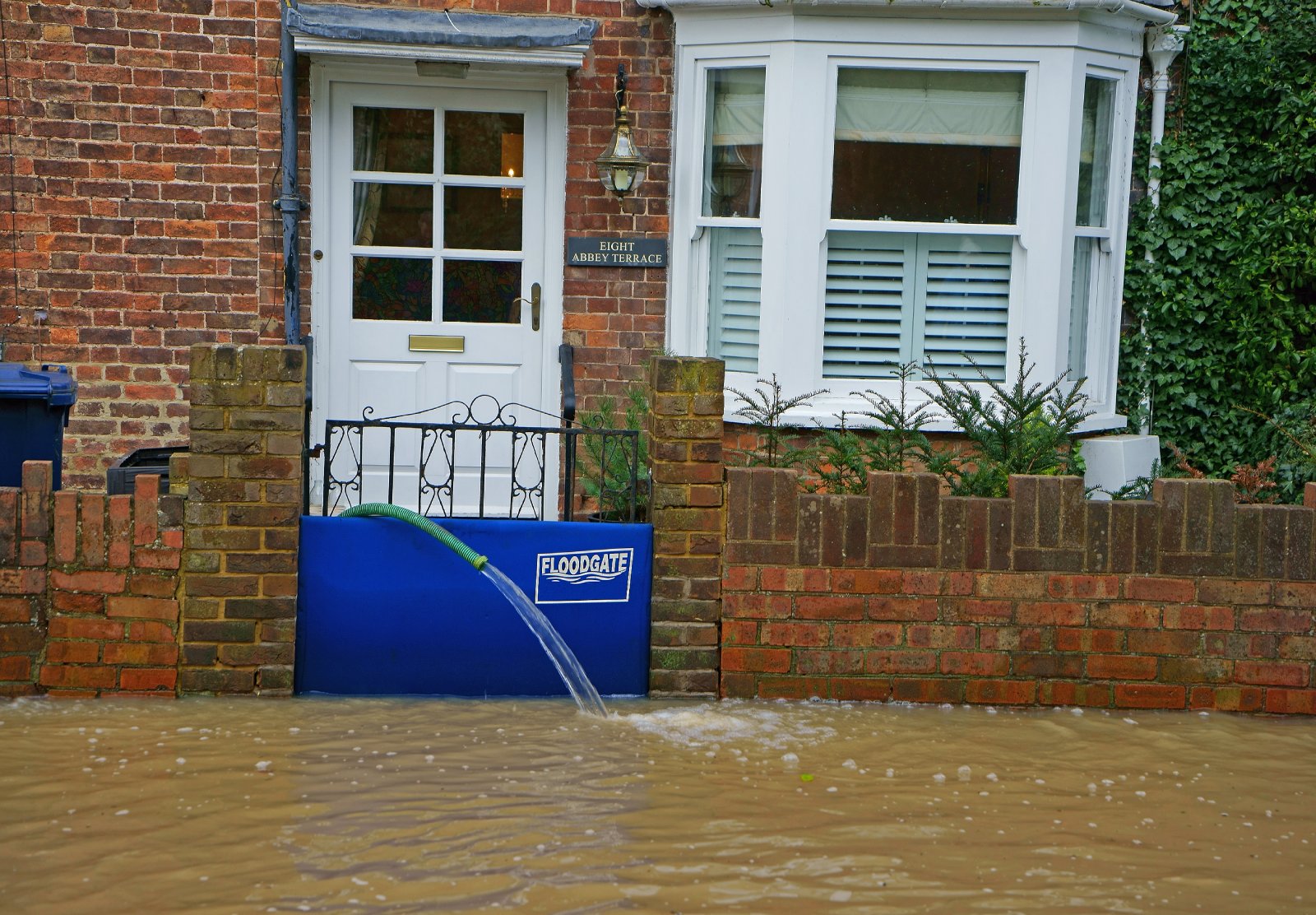
Image Credit: Shutterstock / PJ photography
Flood barriers can be a lifesaver in flood-prone areas like Houston and the New Orleans region. The severe flooding from Hurricane Florence (2018) demonstrated how effective barriers can minimize damage.
16. Elevate Appliances and Utilities

Image Credit: Shutterstock / goodluz
Elevate appliances, such as water heaters and furnaces, in areas prone to flooding, such as Louisiana and parts of Michigan. The flooding from Hurricane Harvey underscored the necessity of this measure to protect critical equipment.
17. Secure Outdoor Objects

Image Credit: Shutterstock / Oleg Kopyov
Secure or bring inside outdoor items in all weather-prone areas, from coastal Florida to tornado-prone states like Iowa. The aftermath of Hurricane Irma (2017) showed how unsecured objects can turn into dangerous projectiles.
18. Install a Backup Generator
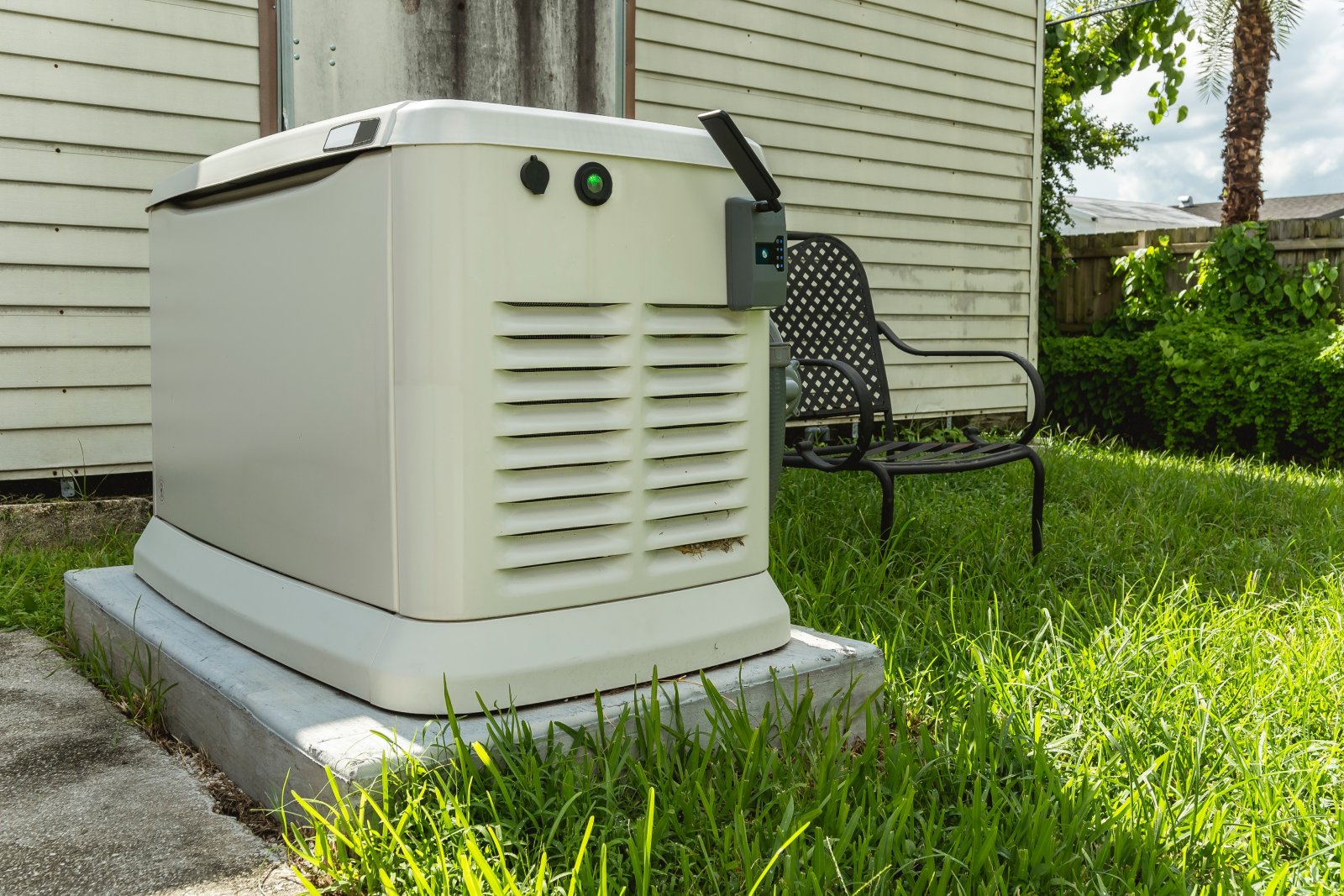
Image Credit: Shutterstock / MDV Edwards
A backup generator is essential for all regions facing power outages from storms, whether in hurricane-prone states or areas affected by wildfires. The extensive blackouts from Hurricane Maria (2017) demonstrated the importance of having a reliable power source.
19. Strengthen Doors

Image Credit: Pexels / RDNE Stock project
Ensure all external doors are reinforced to withstand high winds, applicable in storm-prone areas like coastal regions and tornado zones. The failures of poorly reinforced doors during Hurricane Florence (2018) highlighted the need for robust door solutions.
20. Review Evacuation Plans

Image Credit: Shutterstock / insta_photos
Have a clear evacuation plan no matter where you live, from the floodplains of Missouri to the wildfire regions of California. Recent events like the wildfires in California and hurricanes in the Gulf Coast show that being prepared to evacuate can make all the difference.
The Storm Is Coming: Are You Ready?
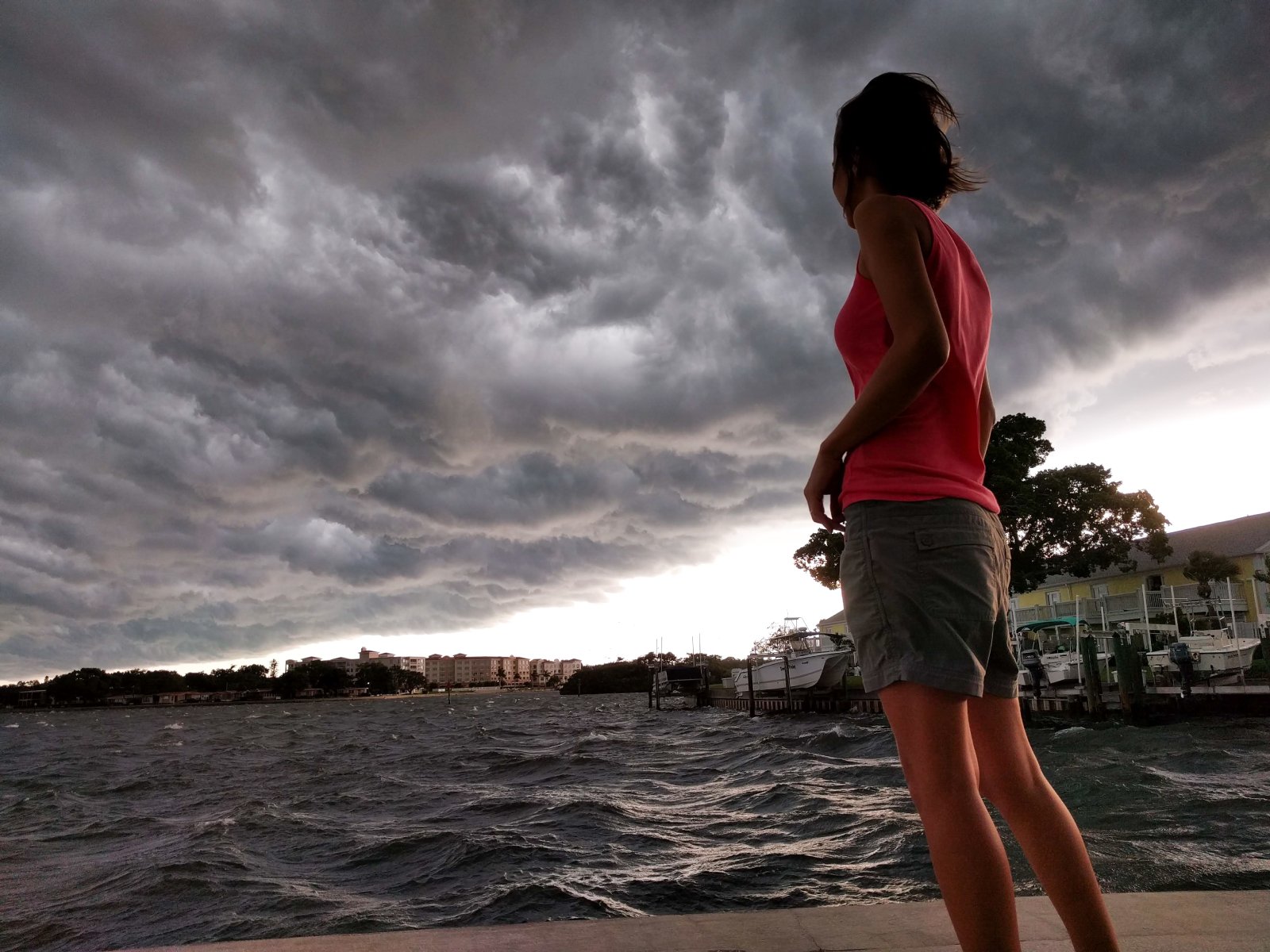
Image Credit: Shutterstock / Hayden Dunsel
There’s no place that’s completely safe from extreme weather anymore. How prepared is your home to withstand the next severe storm? Now is the time to take action and protect your home from the unpredictable forces of nature.
Featured Image Credit: Shutterstock / Felix Mizioznikov.
For transparency, this content was partly developed with AI assistance and carefully curated by an experienced editor to be informative and ensure accuracy.


